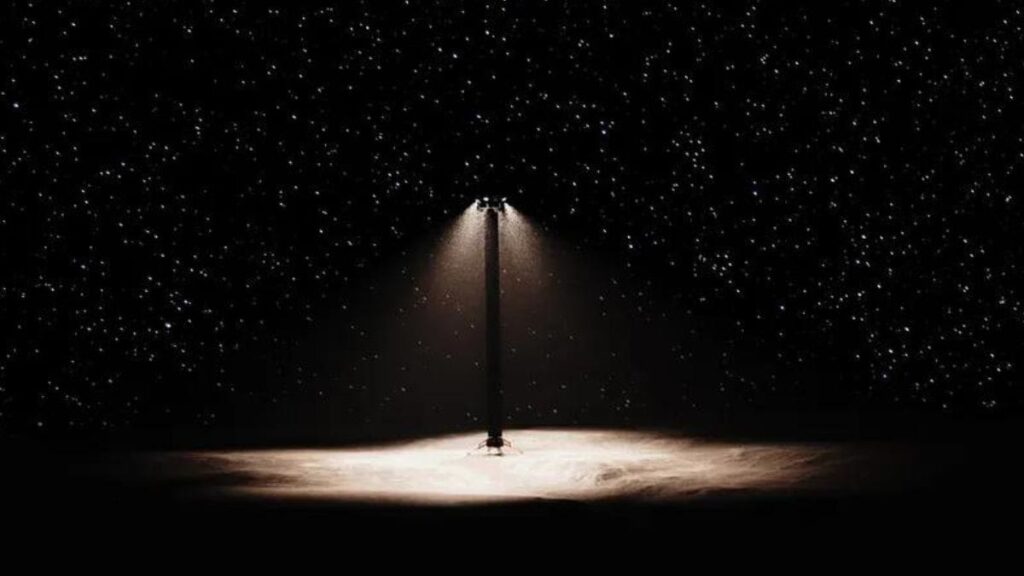In recent years, the exploration of the moon has garnered significant attention from space agencies worldwide, including nations like the United States, China, Russia, and India. As these countries gear up for ambitious missions, the focus is not only on sending humans to the moon but also on establishing a permanent presence. This involves constructing human habitats, transportation systems, and even nuclear reactors on our lunar neighbor. However, before any of these plans can come to fruition, a crucial requirement must be addressed: lighting.
Unlike Earth, the moon does not experience 24-hour cycles of day and night. A single day on the moon is equivalent to about two weeks on Earth, meaning that nights can be prolonged and extremely cold, presenting a significant challenge for any long-term human habitation.
Innovative Solutions for Moon Lighting
To tackle the challenges posed by the moon’s extended darkness, innovative solutions are being developed. According to a report from Live Science, Honeybee Robotics—a space technology company that is part of Jeff Bezos’s Blue Origin—is exploring a solution to combat the deep nights of the moon. They have conceptualized a project called the Lunar Streetlamp, designed to function as solar batteries.
Introducing LUNARSABER
The project is named LUNARSABER, which stands for Lunar Utility Navigation with Advanced Remote Sensing and Autonomous Beaming for Energy Redistribution. Funded by an American government agency, the project has recently released a promotional video showcasing its progress. The principal investigator, Vishnu Sanegepalley, highlights that each LunarSaber lamp will be significantly taller than typical streetlights on Earth, with a height of 100 meters, surpassing even the Statue of Liberty.
How LunarSaber Works
During the day on the moon, the LunarSaber lamps will absorb and store sunlight. Once night falls, they will illuminate the surrounding area for several days, providing essential light in an otherwise dark environment. A pertinent question arises: why are these lamps designed to be so tall? The answer lies in the moon’s uneven terrain, filled with numerous craters of varying sizes. By elevating the height of the LunarSaber lamps, scientists aim to maximize their coverage area, ensuring that even the craters are illuminated for better observation and exploration.
Transportation and Structure Deployment
Another challenge that comes to mind is how humans will transport and install such large structures on the moon. Honeybee engineers have developed an automated system that allows each LunarSaber tower to deploy itself upon arrival. Instead of sending the entire structure from Earth, only a base will be transported via spacecraft. The entire tower will remain assembled inside the spacecraft, rising autonomously once it reaches the moon’s surface.
The Future of Lunar Exploration
The LUNARSABER project is currently in its early stages. If successful, projects like LUNARSABER could drastically change the landscape of lunar exploration and set a precedent for providing sustainable light on the moon. As we look towards the future, these advancements mark a significant step towards potentially habitable lunar environments.
